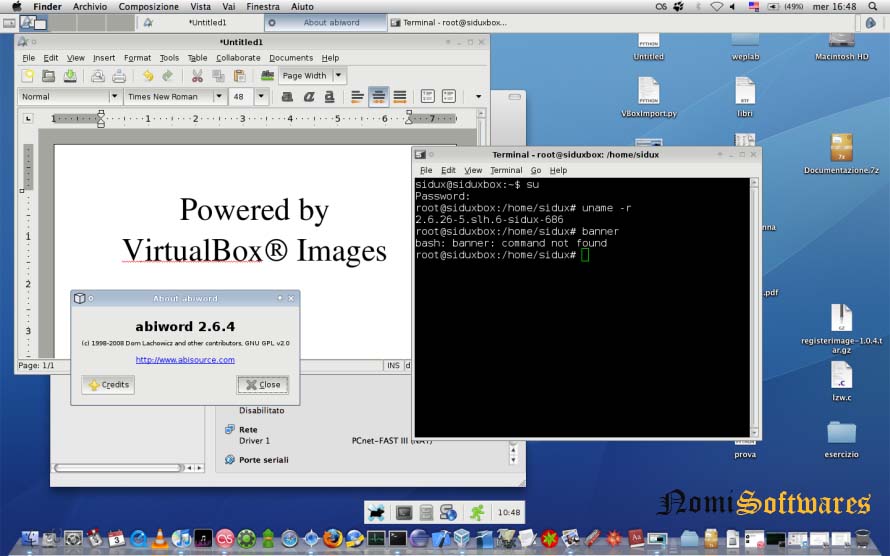

The reason: Officially, the ARM version of VirtualBox only supports it so far 32-bit operating systems, even if you supposedly can activate 64-bit support when setting up a virtual machine. The bad: At least as of this tutorial, it's pretty much useless to you. VirtualBox for Apple Silicon: No fake, but no real added value either. To do this, select the entry with *macOSAArch64.dmg and install the version. To make it short: You can go to the Beta Releases actually download a version of the virtualization solution from VirtualBox that works natively and directly on Macs with M1 or M2 processors. Virtualbox for Apple Silicon: Still a long way to go Reason to pop the champagne corks? Spoilers: nope. Without much fanfare, Oracle not only updated the classic Mac version, but also released a native version for M1/M2/Mx Macs. Probably the most popular free solution for setting up virtual machines (you can find everything about it in this VirtualBox guide) not only learns a few new tricks in version 7, it also finally becomes officially compatible Apple's M-Macs. Oracle released VirtualBox 7 as a beta version.


 0 kommentar(er)
0 kommentar(er)
